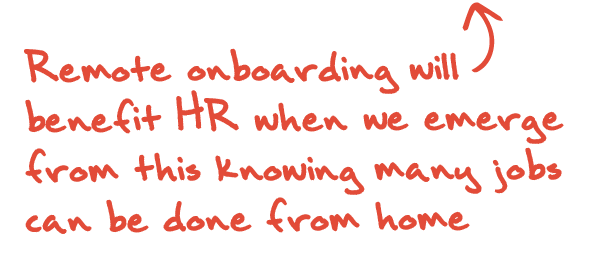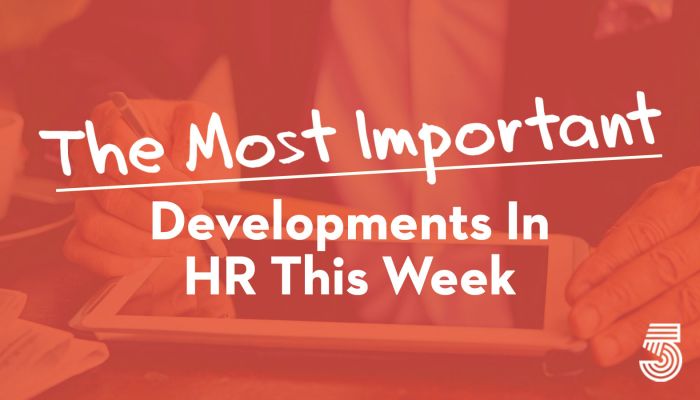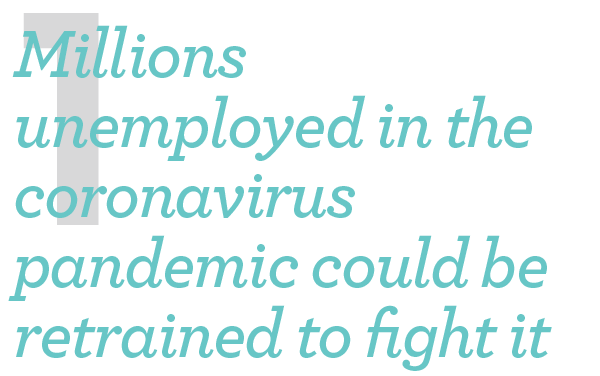
With a growing health worker shortage nationwide, doctors, nurses, and physician’s assistants are already being reallocated from other departments, drafted out of retirement, and allowed to graduate early from medical schools. But who will support them? Help could come from a neighbor. In many countries, including the U.S., community health workers — local residents without professional medical degrees, hired and trained to support patients — have been a first and last line of defense for epidemics. As a community health worker, a neighbor could help stem the tide of the pandemic by offering prevention tactics, aiding in the detection of new cases, and supporting patients in accessing the care they need. The U.S. had about 56,000 community health workers in 2018, according to the U.S. Bureau of Labor Statistics. But, based on a task force report that showed that countries should have at least one community health worker per 650 people, the U.S. needs at least 500,000 more. They should be hired, trained, and equipped to prevent, detect, and respond to COVID-19, and support patients with health and social care needs. A U.S. community health corps could provide economic salvation and form the backbone of a future health system that is always ready to fight the next epidemic. Fortune


When we are distancing ourselves in a way we have never done before, it is more important than ever to stay connected to the people who matter most in your life — your network — and to be willing to connect with them digitally in a strategic way. Now, as we exist in locations in which shelter-in-place rules are in effect and social distancing is required, we must all up our strategic networking game. Determine your networking goals and then figure out how you can accomplish them digitally. Decide what your baseline tactical approach will be: virtual coffees with certain key people? Text the most critical people in your phone contact list a simple message of, “How are you holding up? I am thinking of you. What do you need? How can I help?” Look at your calendar and convert all of your upcoming networking conversations or dinners or social engagements to video calls, instead of canceling them. Arrange a physically distant coffee catch-up. Acknowledge that conversations (personal and professional) may be more personal right now and that is OK. This means you will have a chance to share conversations that are more candid and vulnerable, and that is what makes us human. Empathy and kindness, which have always been critical, are particularly essential right now. Fast Company


Brian Formato, the CEO and principal at Groove Management, an organizational development and human capital consulting firm in Charlotte, N.C., said that businesses of all sizes are bound to suffer through these challenging times, but how an organization reacts to tough times determines its long-term viability. “Implementing a hiring freeze is a quick and easy way to reduce costs, but it’s a practice which I have found to be most damaging to a company long term,” he said. “The adverse impact on an organization is just too great.” According to Formato, some of the adverse effects of a hiring freeze include a tarnished employment brand, battered employee morale, and neglected performance management. “Poor performers are not dealt with because the removal of a poor performer will result in one less employee [in a role that can’t be filled],” he said. Formato said that reclassifying the action as a headcount freeze — meaning that the organization maintains its current number of full-time equivalent workers — is a better approach. “If the goal is to freeze employee expenses, like salaries and benefits at their current level, then a headcount freeze can achieve the same result as a hiring freeze but in a much more effective manner,” he said. “In fact, through effective hiring, an organization might be able to find a new hire who can do the job of two mediocre people. The net result would be a reduction in headcount and cost savings.” SHRM
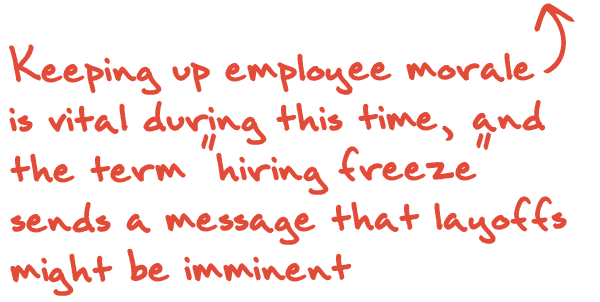
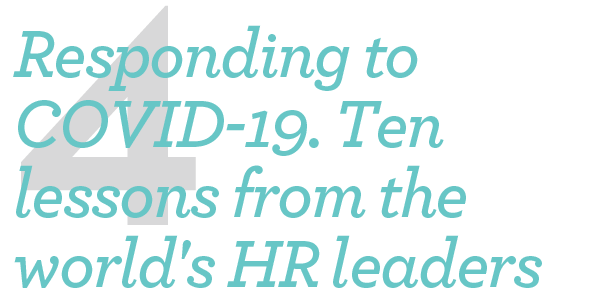
This week we had a webcast with more than 2,000 participants and spent 90 minutes listening to seven of the world’s leading HR executives. The overall theme was clear: There is no going back. The COVID-19 crisis is not only disruptive to every company, but it has created a “Big Reset” as I describe it. Every company agreed that the rapid changes taking place will be long-lasting for years to come. Conclusions from the webcast for HR: Remote work is real and it’s big. Personal safety and health is paramount. Going digital is imperative. Empathy is a priority. Distributed authority is key. Do less with less. Move fast and come together. Real-time data really matters. Continuity planning is vital. Leadership matters now more than ever. Not only are each one of us worried about our health and personal safety, leaders are worried about revenue, executive and workplace safety, continuity, and offering sound and ethical policies to employees. As the Economist article recently pointed out, in this particular global crisis, HR are the heroes of most companies. You all have many difficult decisions to make. There will be layoffs, restructuring, and many difficult financial and human decisions ahead. But if you think about these ten things, I think you’ll feel a little better off. Josh Bersin
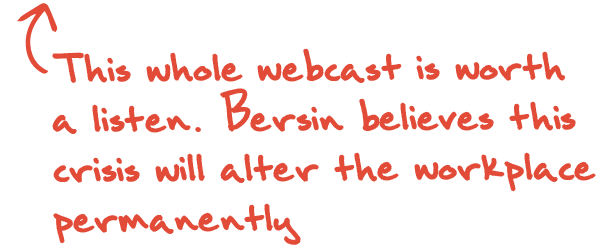
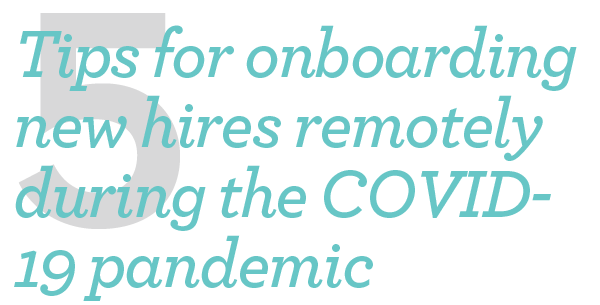
In response to the COVID-19 pandemic, many companies in the U.S. have transitioned to a remote workforce at the advice of the Centers for Disease Control and Prevention. That means companies moving forward with hiring plans will most likely onboard new employees virtually. Certain fundamentals of onboarding should remain the same, according to Sally Stetson, principal and co-founder of executive search firm Salveson Stetson Group. Employees still need to understand how their role fits into the bigger picture, Stetson told HR Dive in an email. But now it’s a matter of ensuring a company can communicate effectively even when no one is in the same office. The basics for any onboarding program include formulating the procedures ahead of time; setting up a buddy or mentor system for new hires; and having a standardized procedure to set up training sessions, Vladimir Shifrin, technical director at Armix Group, told HR Dive in an email. That doesn’t change when workers go remote. “Fully onboarding and integrating an employee so they understand the ins and outs of the organization can take up to six months,” he said. During the first month, an employee should have time to get to know the company’s culture, products, and procedures, he said. However, the first two to three weeks are critical to setting employees up for success, Shifrin added. To welcome new hires on their first day, the HR department should set up a video conference call and introduce the team, he said. An emailed welcome package may “consist of your company’s product information, specific to the company knowledge, for example acronyms used, and a welcome letter from your CEO,” he said. HR Dive
